Office conversion to residential: Exploring the benefits of Permitted Development and designing for future re-use
The revision of permitted development rules in March, which removed restrictions on upper floor space limits and the requirement for buildings to be vacant for three months before conversion, has led to a surge in such projects.
While the topic is controversial, it undeniably supports the growing emphasis on ESG (Environmental, Social, and Governance) and sustainable development, a focus highlighted by the Architects Journal’s ‘Retrofit First’ campaign. With high street vacancy rates at 14% and London office occupancy still below half of pre-Covid levels, this trend offers a significant opportunity—if approached correctly.
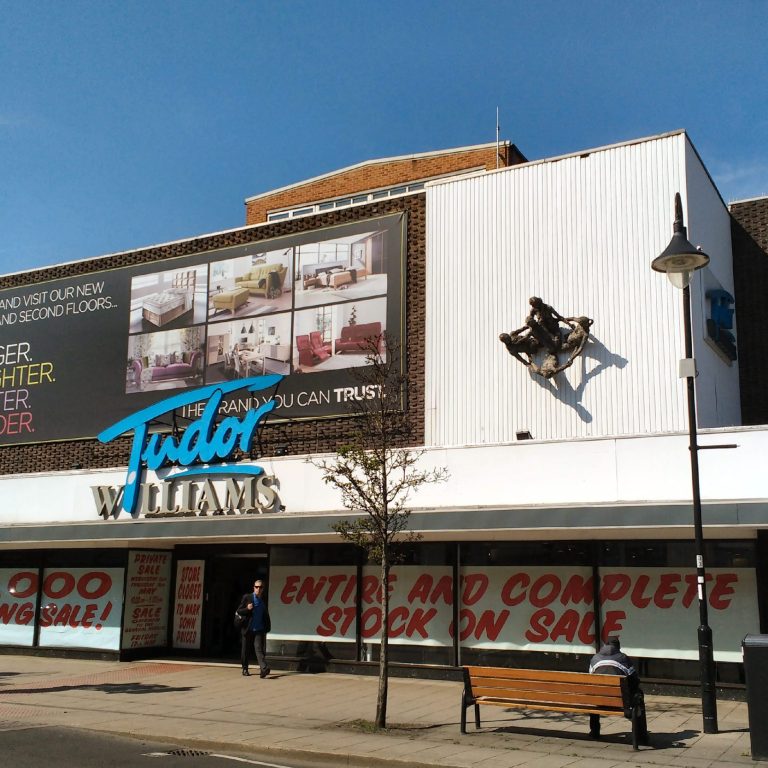
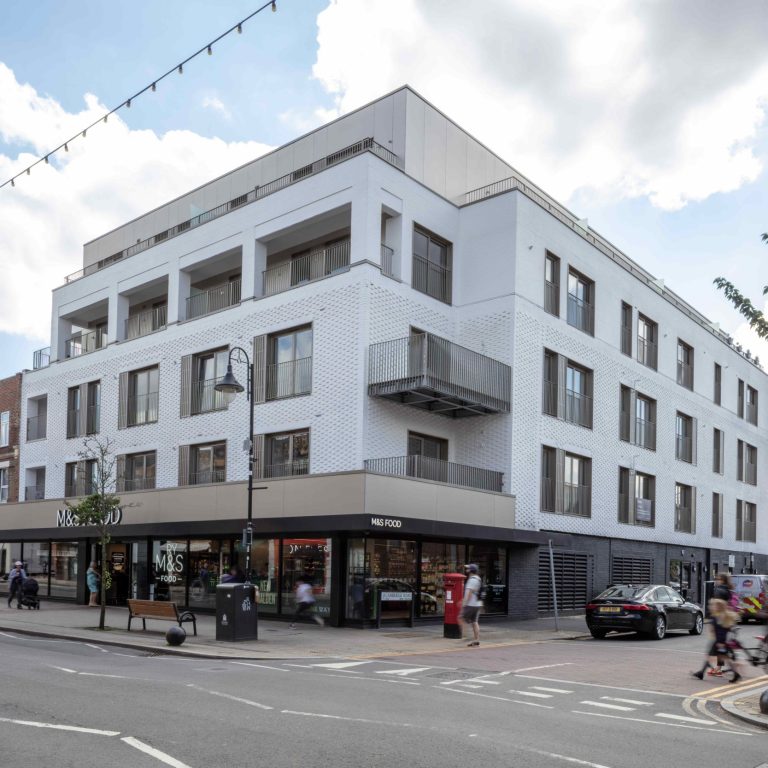
Understanding permitted development rights can feel like learning the intricacies of a complex board game, with specific procedures to follow. Converting an existing office into residential accommodation is possible, but proposals must still adhere to Nationally Described Space Standards and ensure adequate natural daylight—requirements that rightly guarantee the creation of quality homes.
But what if you want to build higher? Permitted development allows for up to two additional storeys, but these rights may only get you partway there. Adding windows to ensure sufficient daylight in the new homes often requires a separate planning application, complicating the submission process. This complexity highlights the need for a more streamlined approach.
Now, you might be thinking, if it is so complicated, why go down this route? From a programme perspective, it can be quicker. Architects typically spend a lot of time in the initial planning stages negotiating building mass and its impact on neighbours and the townscape—issues that are less of a concern with an existing structure. Additionally, the construction process could be faster since much of the building’s framework is already in place. This approach also has the potential to be more sustainable, particularly through the reuse of existing structures, which reduces embodied energy. Creating homes in urban locations fosters more resilient neighbourhoods by bringing people and amenities closer together.
However, not every building is suitable for reuse. Only those with the right conditions—what we call ‘goldilocks buildings’—with appropriate structures, floor heights of at least 2.5 meters, and suitable floorplate depths, have the potential to be successfully converted into good homes.
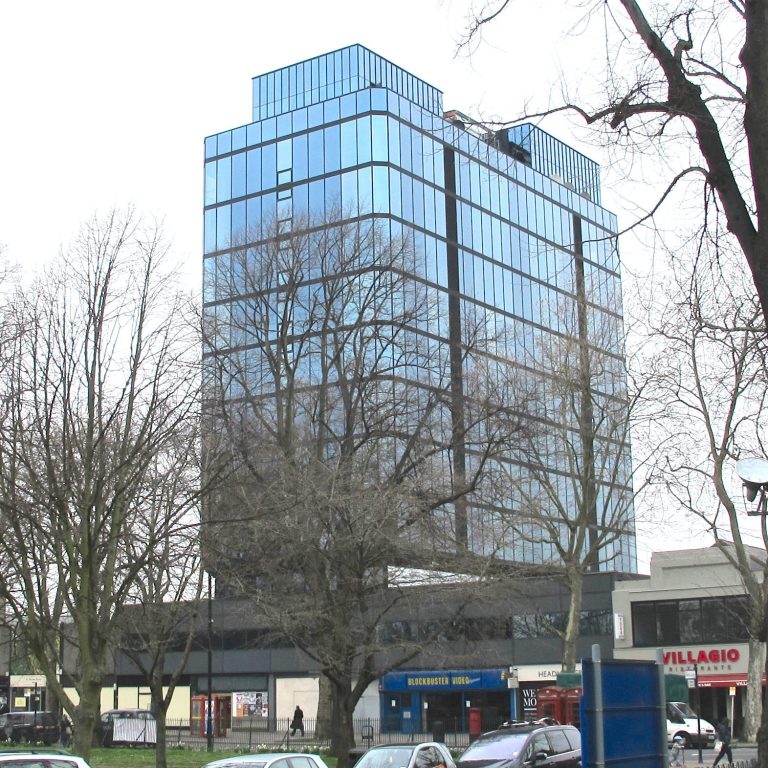
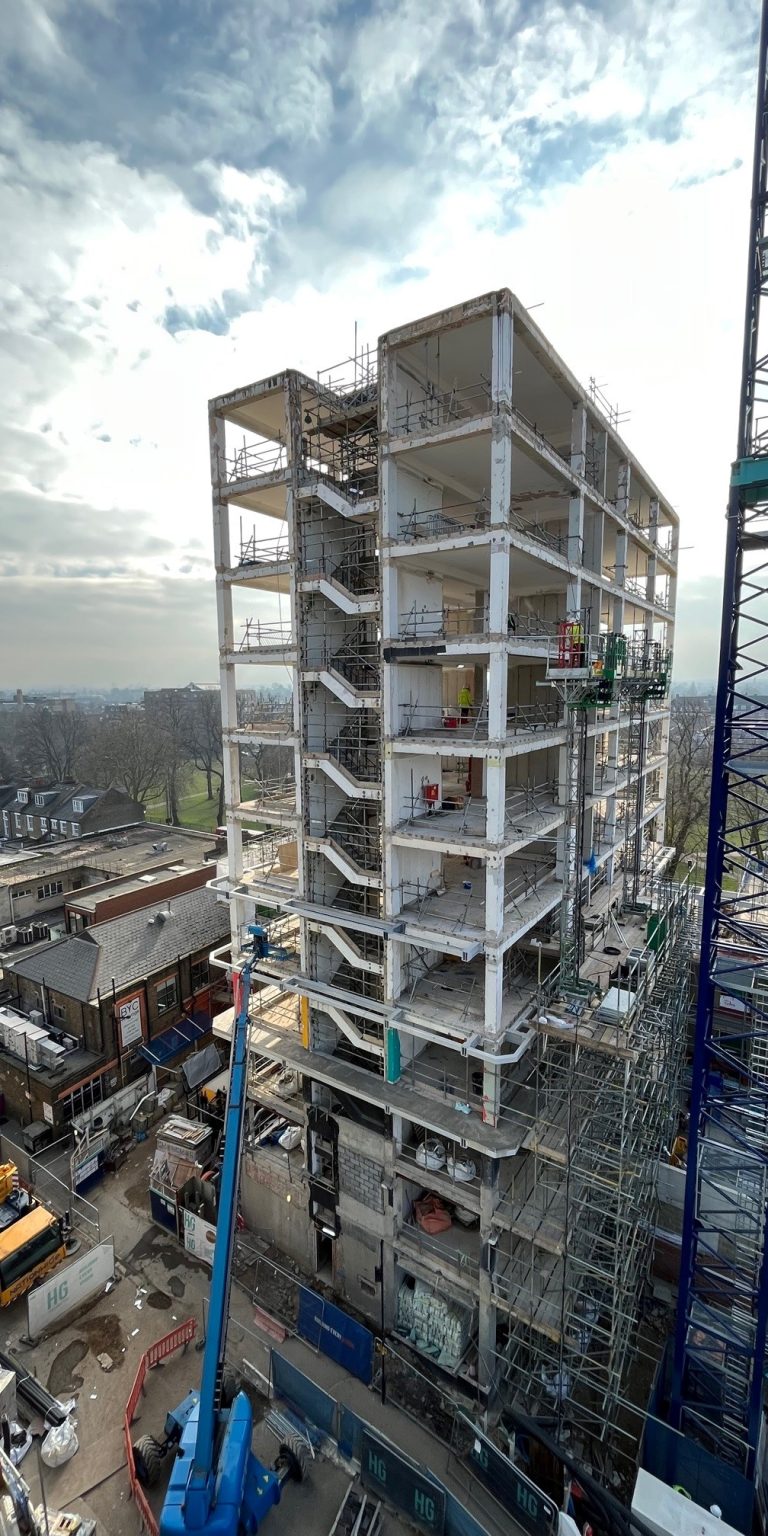
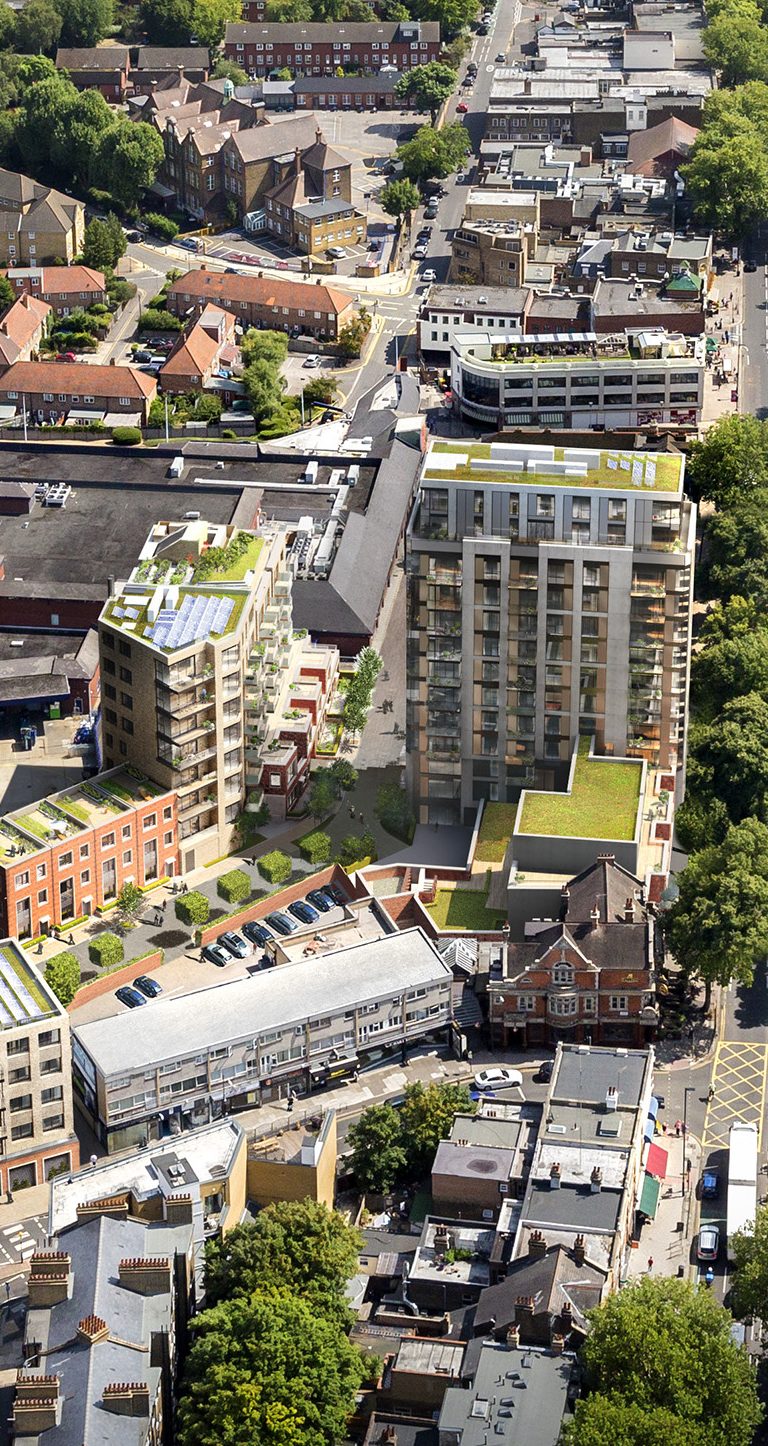
Given that not all buildings are currently suitable for reuse, how can we improve this? This leads us to consider two key questions. First, should new buildings be designed with adaptability and future reuse in mind? We believe the answer is yes. By considering potential reuse from the outset, a ‘retrofit first’ approach could become the norm rather than the exception. Simple measures, such as minimising structural elements to allow flexibility in internal layouts or designing floor plates that work for both office and residential uses, could increase the number of ‘goldilocks buildings’ available in the future.
The second question is, how can we implement this approach? This brings us to the idea that future uses should be explored during the project’s planning phase. While not every building can be adaptable to multiple uses, and we’re not suggesting that detailed designs for various permutations should be required at this stage, a high-level study could demonstrate what is possible. This would help planners ensure that resilient and flexible neighbourhoods are being developed.
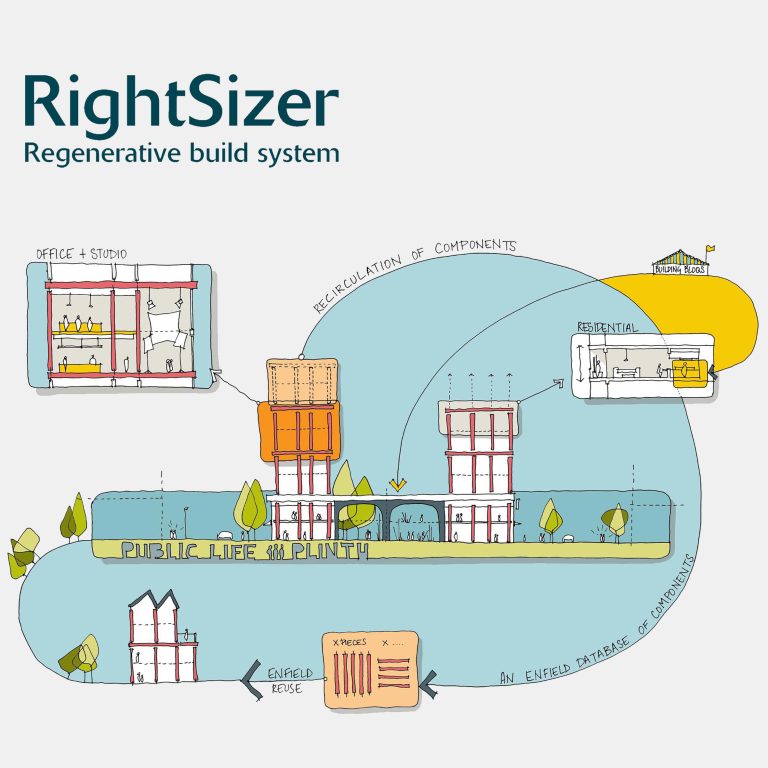
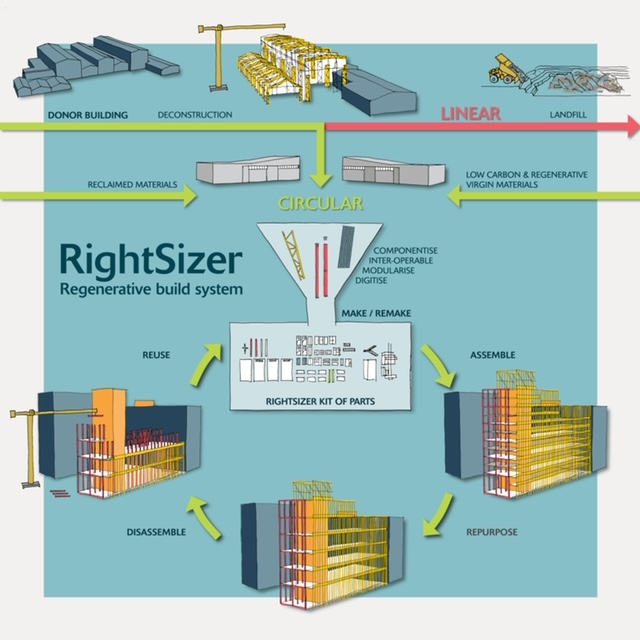
Permitted Development Rights can result in good homes in the right places, but the process needs simplification – a job for the new government perhaps? And let’s embrace the concept and design for future re-use to create buildings that are environmentally, socially, and economically responsible, ensuring relevant and adaptable urban environments for years to come.
Permitted Development Rights can lead to the creation of good homes in the right locations, but the process needs simplification—a task perhaps for the new government. By embracing the concept of designing for future reuse, we can create buildings that are environmentally, socially, and economically responsible, ensuring adaptable and vibrant urban environments for years to come.